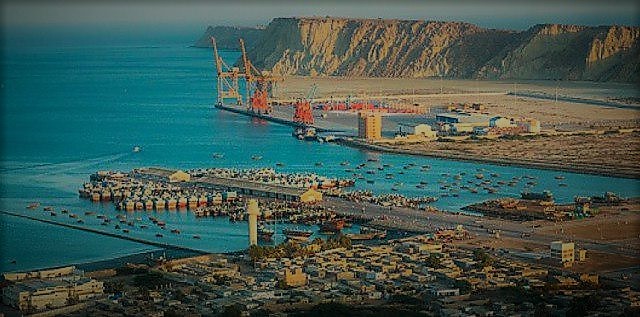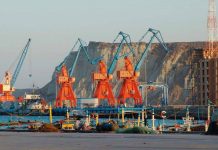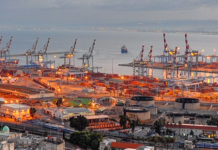
BEIJING: Gwadar is becoming Pakistan’s most important port, is also a special economic zone, which is expected to develop into Pakistan’s version of Shenzhen.
Gwadar Port has opened an industrial park covering several square kilometres as the first phase of the plan, with many companies eager to enter the park, vice president of the Shanghai Academy of Social Sciences, Huang Renwei said in his article published by Global Times on Thursday.
He said Pakistan planned to open nine industrial parks to attract foreign investment, not just from Chinese companies but from companies from all over the world.
He is impressed by the China-Pakistan highway, also known as the Karakoram Highway.
Construction of the highway began in the 1960s. It was in recent years that China and Pakistan started the phase II project involving the extension and rebuilding of the Karakoram Highway.
He said the Chinese companies were doing much infrastructure construction work in Pakistan, and they had invested about $19 billion and participated in more than 20 major projects.
For instance, China Three Gorges Corp and China Gezhouba Group have built power stations in Pakistan to solve electricity shortages, while Huawei Technologies has helped modernize the country’s communications network.
Three Gorges employs more than 40,000 local workers and Huawei employs more than 20,000.
Although China is helping Pakistan improve its infrastructure under the CPEC program, it is very one-sided to consider the Belt and Road initiative (BRI) as a pure infrastructure promotion plan.
It is worth noting that “hard connectivity” can’t succeed without the support of “soft connectivity.”
A “hard connectivity” project may take five years, but it may require decades to achieve real “soft connectivity.”
Despite close political ties between China and Pakistan, people in the two countries have had limited contact.
With the progress of the CPEC projects, this mutual lack of knowledge may pose problems.
For this reason, China and Pakistan have reached an agreement on new projects, which must wait until all the current projects are finished and yield economic and social benefits.
But this does not mean that all the CPEC-related projects must be halted, as a recent media report claimed.
Although Pakistan quickly refuted the misleading report, it still aroused great concern in the international community.
Some Western media have smeared the BRI, using hype about a so-called debt trap.
Facts prove that the CPEC is not a debt trap for Pakistan, but offers the foundation for the country’s modernization.
It is also a driving force for taking China-Pakistan relations to a higher level.
The $19 billion in funding China has given to Pakistan is not aid, because more than $18 billion of that was an investment.
It should be made clear that investment is not the same as aid.
Moreover, aid can be divided into grants and loans, with only the latter requiring repayment.
In this sense, only a very small portion of the $19 billion can be considered as grants, while most of the capital is for pure business investment, he said.
Once an investment project is completed, it will not only generate profits – it will also boost local development.
A single project can buoy economic development, and the comprehensive benefits of economic development may far exceed the original project investment.
Those benefits are beyond calculation.
In short, talk of a “debt trap” doesn’t make sense. First, it confuses the two concepts of investment and aid. Second, it overlooks investment benefits. Third, it ignores the macroeconomic benefits of projects.
“From what I learned during my research, Pakistanis are not concerned about a “debt trap” at all. They are more anxious about the unbalanced distribution of BRI projects within the country,” he opined.
According to a poll conducted by a think tank in Pakistan, 85 percent of the respondents expressed support for the CPEC.
The remainder did not oppose the plan, but they did say that they had not seen much impact from CPEC projects and they hoped there would be more such projects in their regions.





















